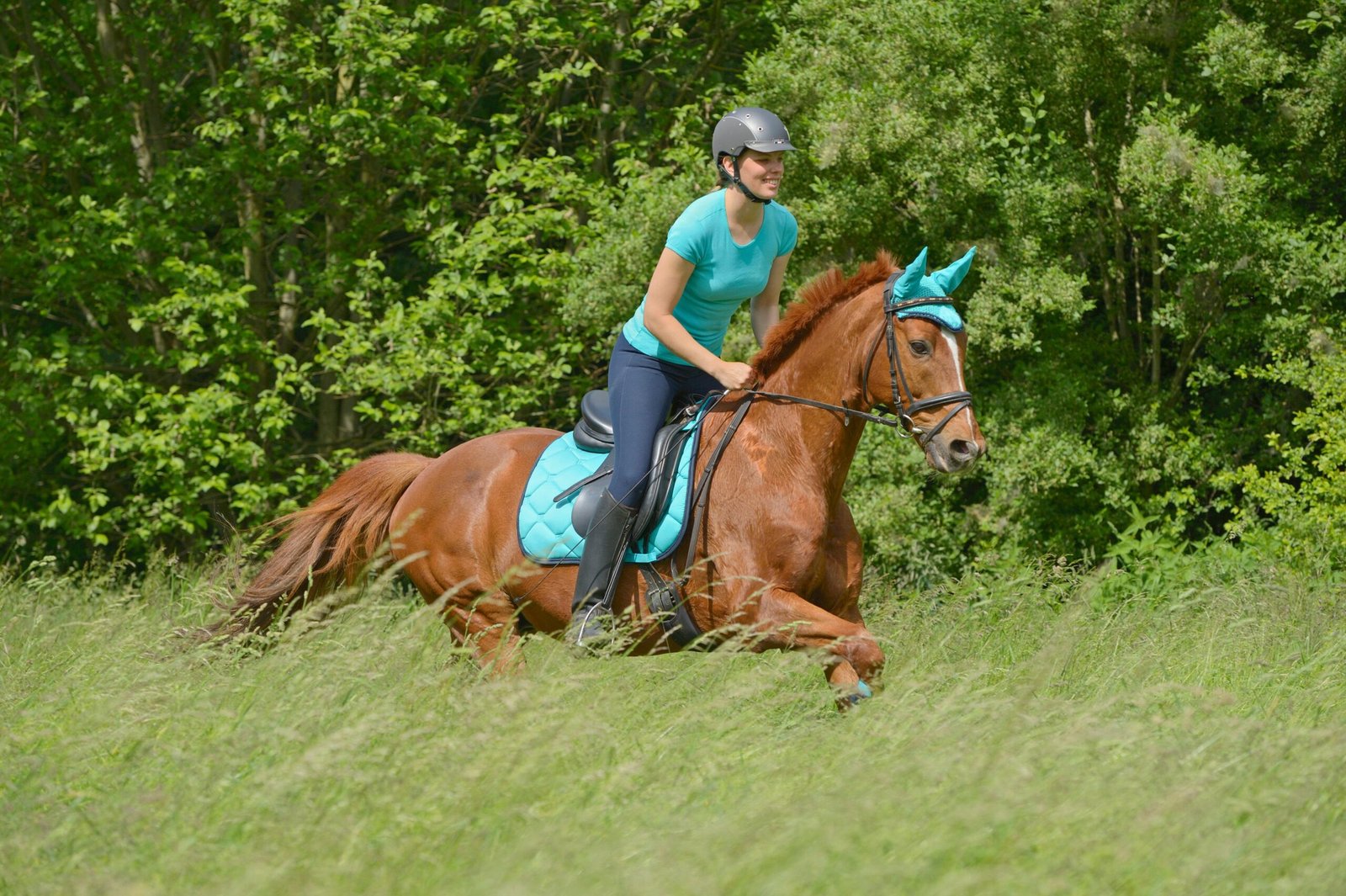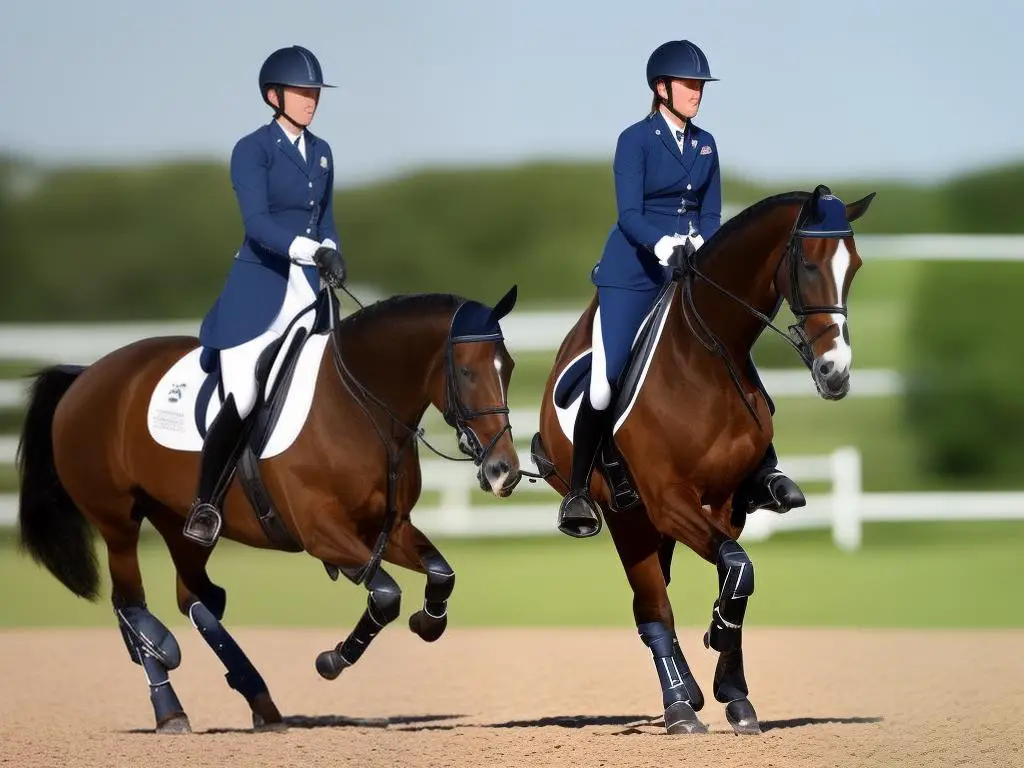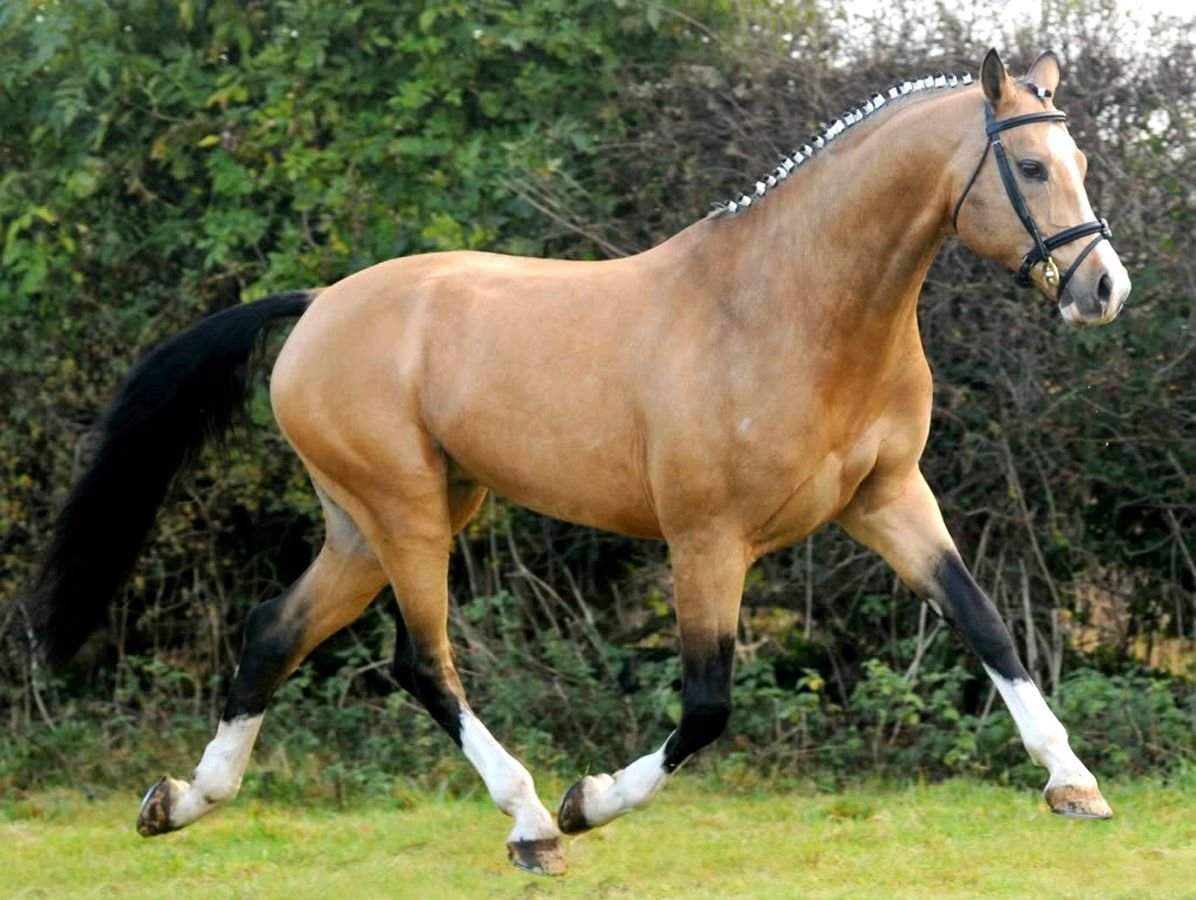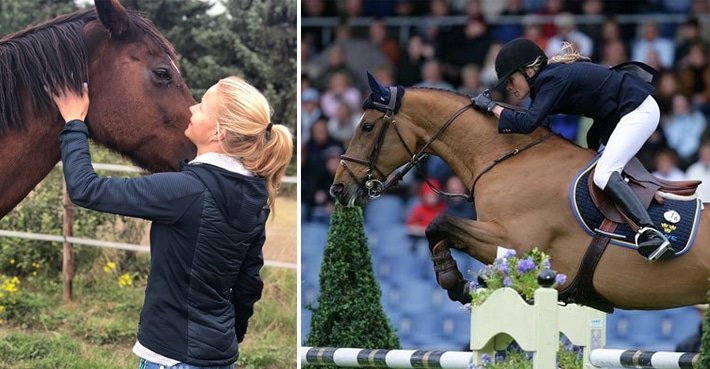Selecting the right warmblood horse for competitive riding is a crucial decision for any rider aiming to compete at a high level in disciplines such as dressage, show jumping, or eventing. With their athleticism, trainability, and versatile nature, warmbloods are the ideal choice for many equestrians. However, choosing the right one involves careful consideration of several factors, including the horse’s temperament, conformation, training history, and pedigree. In this guide, we’ll walk you through the key steps in selecting the perfect warmblood for your competitive riding goals.
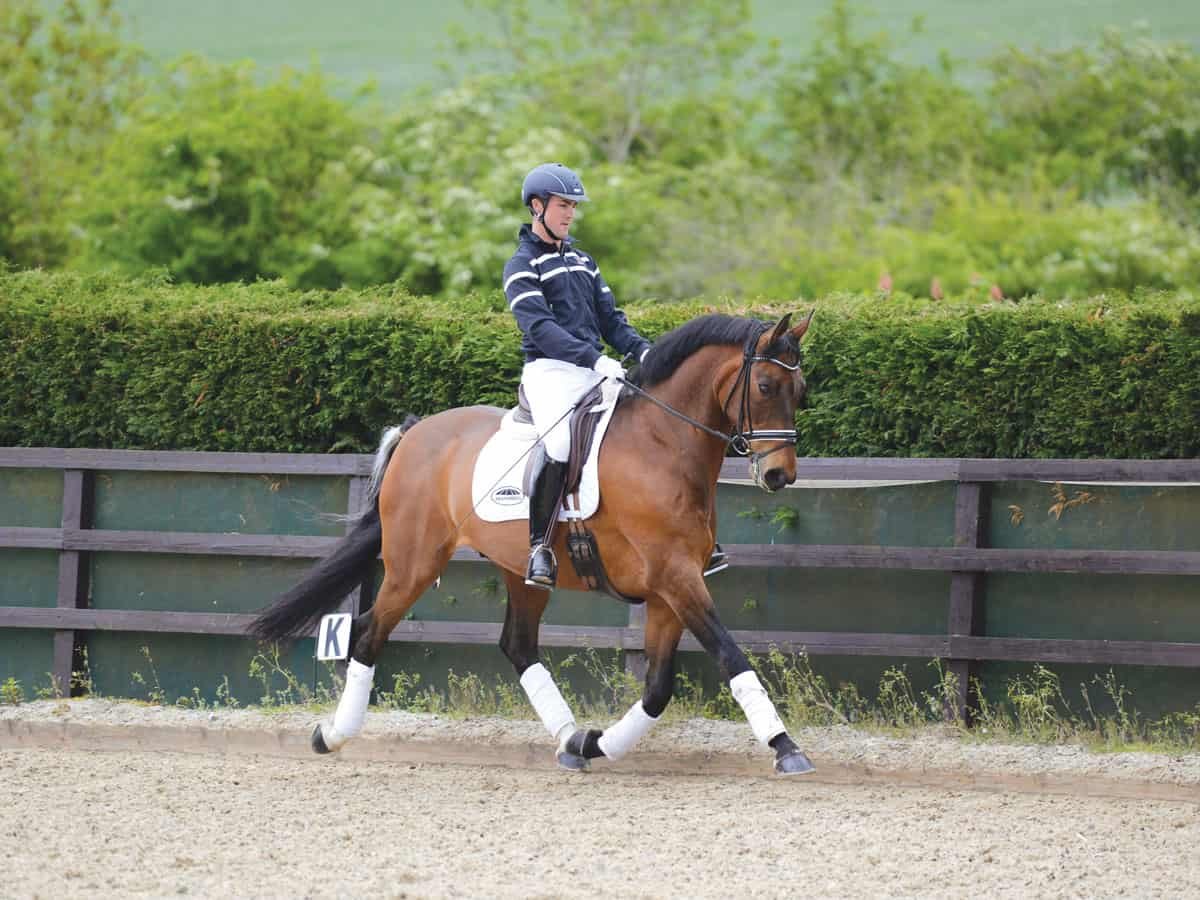
1. Identify Your Discipline and Goals
Before you begin your search for a warmblood, it’s important to first define your specific riding goals and discipline. Whether you’re aiming to compete in dressage, show jumping, eventing, or a combination of these disciplines, each has distinct demands that will influence the type of warmblood you should select.
- For dressage, you’ll want a horse with natural balance, fluid gaits, and an ability to perform intricate movements with precision.
- For show jumping, look for a warmblood with strong jumping ability, quick reflexes, and good technique over fences.
- For eventing, your ideal warmblood will be versatile and have a combination of stamina, strength, and agility to excel in all three phases: dressage, cross-country, and show jumping.
Once you have a clear understanding of the discipline you wish to pursue, you can start looking for a warmblood that aligns with those specific needs.
2. Assess Conformation and Structure
The conformation of a warmblood plays a significant role in its performance and longevity in competitive riding. A horse with good conformation will have a strong foundation for movement and physical demands. When evaluating a warmblood’s conformation, look for the following key features:
- Straight legs: Ensuring the horse has straight legs, particularly in the front and rear, reduces strain on joints and helps with the horse’s overall movement and soundness.
- Well-balanced body: The horse should have a strong back, well-angled hindquarters, and a deep chest. A well-balanced body is essential for power and agility, especially in jumping and dressage.
- Solid hooves: The hooves must be well-formed and strong to withstand the physical stresses of competition.
While conformation doesn’t guarantee success in competition, horses with good structure are more likely to remain sound and perform at their best throughout their careers.
3. Temperament and Trainability
When selecting a warmblood, it’s crucial to assess the horse’s temperament. A competitive riding horse must have the right balance of sensitivity, energy, and willingness to work with the rider. You need a horse that is eager to please, responsive to training, and able to focus in competitive environments.
- Calm and focused: Look for a horse that remains calm under pressure and is able to focus during training and competition.
- Willingness to work: A horse that is motivated to work and learns quickly will be easier to train and more responsive to cues.
- Manageable energy levels: You want a horse with enough energy to perform at a high level but without excessive nervousness or hyperactivity. A balanced temperament ensures that the horse can handle the demands of competition.
Spend time interacting with potential horses to assess their behavior and temperament in different situations, such as during groundwork, riding, and when exposed to new environments.
4. Evaluate the Horse’s Training and Experience
A horse’s training history and previous experience in competitive environments will significantly impact its ability to succeed in competitive riding. When evaluating a warmblood for competition, ask about its training background, including:
- Experience in your chosen discipline: Look for a horse that has some experience in your specific discipline, whether it’s dressage, show jumping, or eventing. If the horse has already participated in competitions, review their performance and how they handled the pressure of competition.
- Training level: The level of training the horse has achieved will determine how much work you’ll need to put into further developing their skills. If the horse is green, it might require more time to build trust and refine skills.
- Consistency: A horse with consistent training and competition experience will be more reliable and confident in a competitive setting. This will allow you to focus on refining your partnership rather than correcting issues or overcoming fear.
If possible, schedule a trial ride or request video footage of the horse in training to assess how it responds to cues and performs in various settings.
5. Review Pedigree and Bloodlines
When selecting a warmblood for competitive riding, take the horse’s pedigree into account. The bloodlines of a warmblood can provide insight into its potential for success in competition. Look for horses that come from successful lines, particularly those with proven performance records in the discipline you intend to pursue.
- Proven performance: Horses bred from successful competition horses are more likely to inherit desirable traits, such as athleticism, trainability, and a strong work ethic.
- Genetic health: Pedigree also gives insight into the horse’s genetic health. Many breeders perform genetic testing to screen for hereditary conditions that could affect the horse’s performance or soundness.
Understanding the pedigree can help you predict the potential of a horse and make a more informed decision about its suitability for competitive riding.
6. Check for Soundness and Health
Lastly, it’s essential to ensure that the warmblood you select is in good health and soundness. A horse that is physically fit and sound will perform better in competition and have a longer career. Have a professional vet conduct a pre-purchase exam to check for any underlying health issues or past injuries that could impact the horse’s performance.
- Joint health: Warmbloods are often bred for high-performance sports, so it’s important to check for sound joints, especially in horses that will be jumping or doing strenuous work.
- Hoof quality: Healthy hooves are essential for soundness, particularly in jumping and eventing horses.
- Overall condition: Evaluate the horse’s muscle tone, weight, and coat condition, which are all indicators of its overall health.
Ensuring the horse is physically sound will help prevent injury and maximize its potential in competitive settings.
Conclusion
Selecting the right warmblood for competitive riding requires careful consideration of several factors, including discipline, conformation, temperament, training, and health. By clearly identifying your goals and evaluating the horse’s physical and mental attributes, you can find a warmblood that will excel in competition and become a reliable partner for your riding journey. Whether you’re competing in dressage, show jumping, or eventing, selecting the right horse can make all the difference in your success in the ring.







